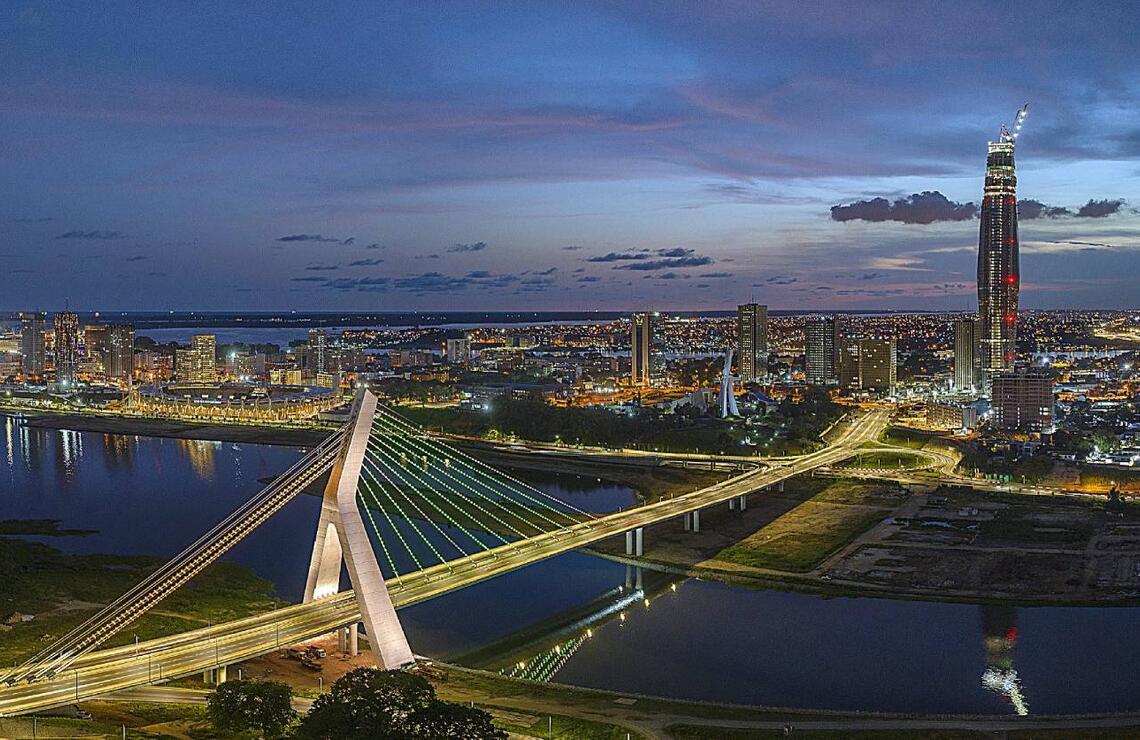
Abidjan, Côte d'Ivoire:
Rising high
Welcome to Babi! A megalopolis of some 6 million people, up and running day and night, a melting pot of cultures and identities, a gateway to the world and the continent. Abidjan accounts for over 60% of the country's GDP and is one of the region's business powerhouses. Since Alassane Ouattara came to power in 2011, the “Pearl of the Lagoons” has been experiencing a real revival, with a spectacular upsurge in infrastructure investments: urban flyovers, ring roads, motorways, interchanges, port renovation, airport expansion and the upcoming launch of the first underground railway in French-speaking West Africa. The F Tower, soon to be one of the tallest buildings on the continent, stands in the heart of the Plateau district. The Akouédo landfill site has been turned into a park. A fast-growing cultural ecosystem is bringing together artists, galleries and designers, fuelled in part by a smattering of snobbery. After coupé-décalé and zouglou, Ivorian rap is conquering the continent. This dynamic is boosting the appeal of the economic capital, while accompanying rapid urban expansion towards the west (Jacqueville) and towards Ghana in the east via Assinie (the seaside resort)... In the not-too-distant future, economic corridors could link Abidjan to Lagos via Accra, Lomé and Cotonou, shaping the contours of a West African coastal megalopolis of more than 100 million people. This rapid growth is far from risk-free. There are marked inequalities between those ‘at the top’ and those ‘at the bottom’. The city is subject to the effects of climate change, oscillating between periods of heavy rain (flooding) and heat. Lagoon areas are under intense pressure, coastal erosion is worsening, and waste management infrastructure remains inadequate. But Babi has faith. Here, between the lagoons and the ocean, one of the chapters of Africa's urban future is certainly being written.